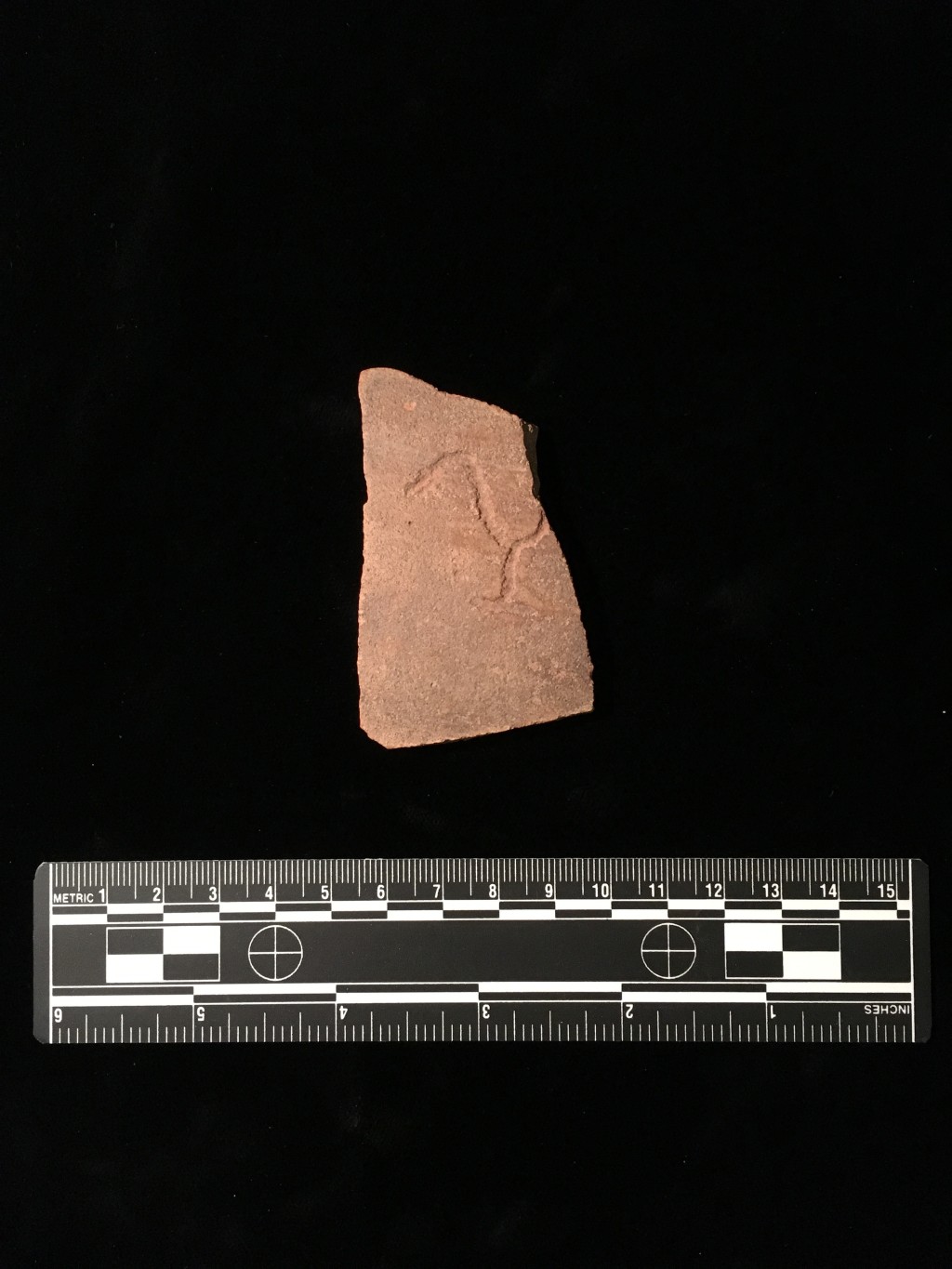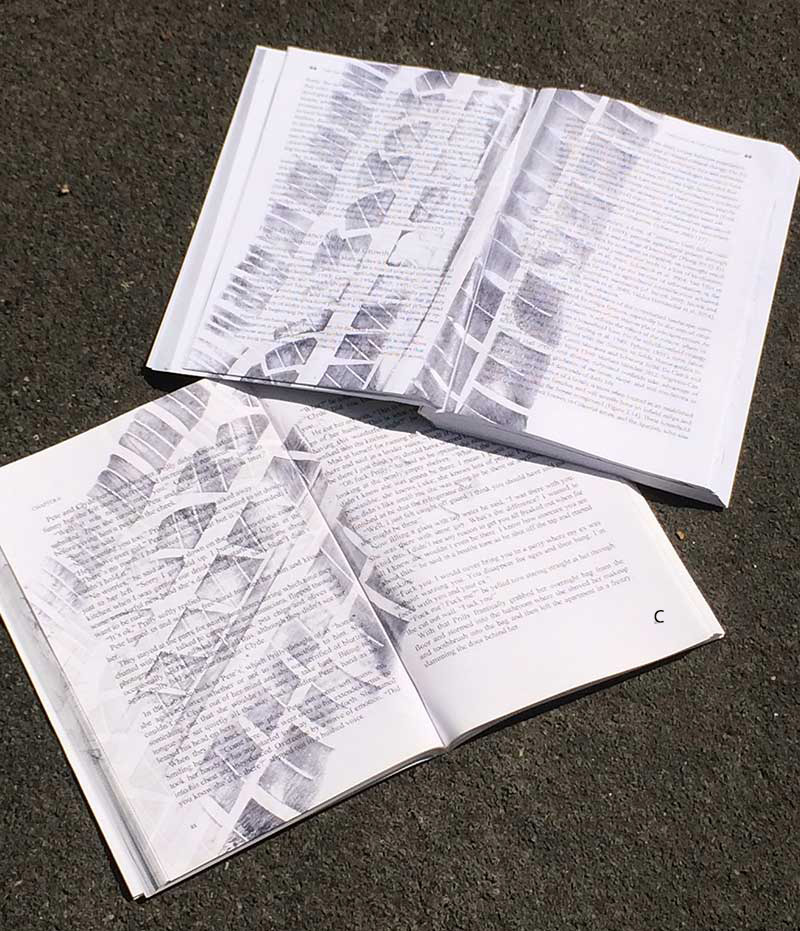


Mitch’s Blog
The Tamga Revolution
Sunday, March 24, 2024
I’ve been immersed in the next volume of my archaeological project on Sistan, Afghanistan. Several years ago, I built a folder called “Tamga” to file all the related notes and photos. I finally got to that folder this month. And discovered something potentially revolutionary.

In Afghan Sistan, we found over 200 of these tamga dating to that period of expansion of their use. Many of the symbols used in Sistan are the same as those common to the steppe at the same time, though our region is hundreds of miles from these steppes and we’re dealing with agriculturalists, not nomads. Still, the name Sistan comes from Sakastan, land of the Saka, one of these nomadic people known to have migrated into Afghanistan and India during the 2nd century BCE. Carrying these markings with them would not cause much eyebrow raising among archaeologists.
Yet, as I studied these 200 examples, I came up with a revolutionary theory about them that I’m going to spring on the Hellenistic archaeology world this November at a paper in Boston. Revolutionary theories in any of the sciences have a tortured history, especially in archeology, where you can’t confirm your ideas with the people you’re studying because they’re all dead.
 The most recent revolutionary theory in archaeology, the ones that “astounded archaeologists and will cause them to rewrite human prehistory” as journalists always say, is a good example of this. A research article about the existence of a 27,000 year old pyramid in Gunang Padang, Indonesia last fall made front page news in everything from the New York Times to Popular Mechanics. The archaeologists were legitimate scholars, the journal Archaeological Prospection a respected peer reviewed publication, and the methods used to date the structure included such things as radiocarbon dating, ground penetrating radar, seismic tomography prospecting, and electronic resistivity tomography, all effective tools in the modern archaeologists’ kit. Nonetheless, other scholars took this study apart after its publication and for its dramatic claim that Stone Age people in Indonesia were building massive pyramids. The earliest known pyramids in places like Egypt, Iraq, and Peru only date to 4000-5000 years ago.
The most recent revolutionary theory in archaeology, the ones that “astounded archaeologists and will cause them to rewrite human prehistory” as journalists always say, is a good example of this. A research article about the existence of a 27,000 year old pyramid in Gunang Padang, Indonesia last fall made front page news in everything from the New York Times to Popular Mechanics. The archaeologists were legitimate scholars, the journal Archaeological Prospection a respected peer reviewed publication, and the methods used to date the structure included such things as radiocarbon dating, ground penetrating radar, seismic tomography prospecting, and electronic resistivity tomography, all effective tools in the modern archaeologists’ kit. Nonetheless, other scholars took this study apart after its publication and for its dramatic claim that Stone Age people in Indonesia were building massive pyramids. The earliest known pyramids in places like Egypt, Iraq, and Peru only date to 4000-5000 years ago.
The scientific corollary for this is simple: Extraordinary claims require extraordinary evidence.
Atlantis promoters, others claiming long lost advanced prehistoric societies, fans of alien invaders, and especially Graham Hancock, who has made a fortune promoting such claims with little or no evidence, crowed in triumph. But, as other reputable scholars dug into the evidence presented by the Indonesian scholars, they found many problems with the data. While the carbon in the dirt analyzed dated that long ago, the link between that dirt and human-made structures and artifacts was weak at best, probably non-existent.
This week, the journal retracted the paper. That announcement received only a small fraction of the public attention that the original story did. It’s not nearly as interesting to the general public that a dramatic archaeological claim might be false.
This is the perfect example of how science works. Some scholar proposes a theory—in archaeology, about a phenomenon of the past—and other scholars work to disprove it. If it withstands the scrutiny, it becomes part of the canon. Philosophers of science have written much about this process. The work of Thomas Kuhn is notable in this respect—he shows how changes in scientific paradigms occur through this dialect of hypothesis, reaction, restudy, and eventual acceptance or rejection by the larger community of scholars, which leads to knowledge growth. I always teach Kuhn’s ideas to undergraduates. Conspiracy theorists should learn a few things from this process when they wonder why they are being ignored (or “persecuted”) by the scholarly community.
 In archaeology, this process of paradigm shift has gone on forever. Scholars once thought that no one lived in the Americas until a few thousand years ago when refugee Hebrews or Phoenicians showed up. Discoveries at Folsom and Clovis in the 1920s and 1930s pushed that date back 10,000 years and the source of the migrations to northeast Asia. Other scholars found convincing evidence to elevate that date to 15,000 years. Most recently, discovery of human footprints at White Sands National Park in 2021 has jumped that date to 23,000 years ago. Like the Ganang Pudang claim, the White Sands discovery was met with much media attention and significant critique by other archaeologists. Rather than claim a conspiracy by Big Archaeology to silence them, the proponents of the theory went back and did additional studies to support their claim. Not all archaeologists are yet on board with their thesis, but the community has largely shifted toward supporting what was once a radical idea.
In archaeology, this process of paradigm shift has gone on forever. Scholars once thought that no one lived in the Americas until a few thousand years ago when refugee Hebrews or Phoenicians showed up. Discoveries at Folsom and Clovis in the 1920s and 1930s pushed that date back 10,000 years and the source of the migrations to northeast Asia. Other scholars found convincing evidence to elevate that date to 15,000 years. Most recently, discovery of human footprints at White Sands National Park in 2021 has jumped that date to 23,000 years ago. Like the Ganang Pudang claim, the White Sands discovery was met with much media attention and significant critique by other archaeologists. Rather than claim a conspiracy by Big Archaeology to silence them, the proponents of the theory went back and did additional studies to support their claim. Not all archaeologists are yet on board with their thesis, but the community has largely shifted toward supporting what was once a radical idea.
For the scholars-- of which there are more than a few-- who think that date of settling the Americas is more like 35,000 years or 50,000 years or even 130,000 years, they’ll just have to wait for more evidence to support their claims.
I’m sure you appreciate this lesson in the sociology of science. But there is more than a teacher’s compulsion in this. I’m about to propose s
What raised my eyebrows about the tamga I was studying was that almost all of the marked pieces of pottery came from two sites, the only sites that contained western-looking (think Greek) temples. These two sites also had lots of other evidence of classical art—column bases and drums, Ionic column capitals, and lots of bits of flowing robes and acanthus leaves attached to the architecture. One even had an inscription in Greek, too fragmentary to read. None of the neighboring sites of the area occupied at the same time had anything like these architectural features. They also lacked tamga.
Why are these clusters of tamga attached to sites possibly connected to the people left in Afghanistan by Alexander of Macedon? There was a Greco-Bactrian kingdom in the steppes, centered around a very Greek-looking city known to archaeologists as Ay Khanum, which had temples, gymnasia, theatres, sculpture, and inscriptions and coins in Greek that wouldn’t have looked out of place in the Mediterranean. This city was destroyed by the same Saka who soon after migrated south to Sistan. Can t hese temples in Sistan be the products of some of these Greek-influenced people who might have accompanied the Saka in their journey? I’m finding this to be the most sensible explanation.
hese temples in Sistan be the products of some of these Greek-influenced people who might have accompanied the Saka in their journey? I’m finding this to be the most sensible explanation.
This revolutionary idea is not going to make Popular Mechanics, let alone the New York Times. But it will be a radical idea for my 50 colleagues. Few are likely to be receptive to it. And, the sites being in Afghanistan, it’s unlikely that anyone will be able to go back to find more evidence to prove or disprove it for another generation. My theory will be out there with its limitations, for better or worse, for a while. I won’t find out whether the community will accept this idea or reject it as stupid in my lifetime.
But I’m happy with that. That’s how science works.
As to how the Gunang Padang article got published despite its obvious flaws? That will have to be the subject of a different post, one that examines recent changes in scholarly publishing.
© Scholarly Roadside Service
Back to Scholarly Roadkill Blog
Scholarly Roadside Service
ABOUT
Who We Are
What We Do
SERVICES
Help Getting Your Book Published
Help Getting Published in Journals
Help with Your Academic Writing
Help Scholarly Organizations Who Publish
Help Your Professional Development Through Workshops
Help Academic Organizations with Program Development
CLIENTS
List of Clients
What They Say About Us
RESOURCES
Online Help
Important Links
Fun Stuff About Academic Life


